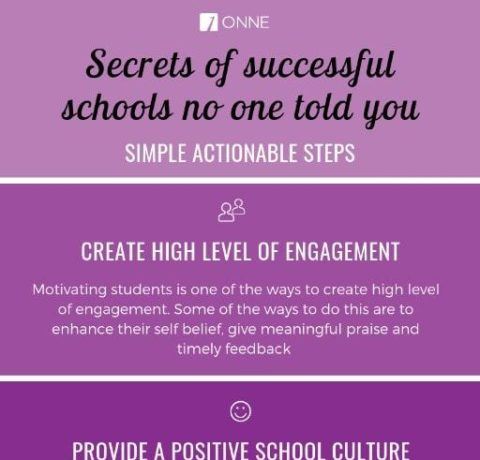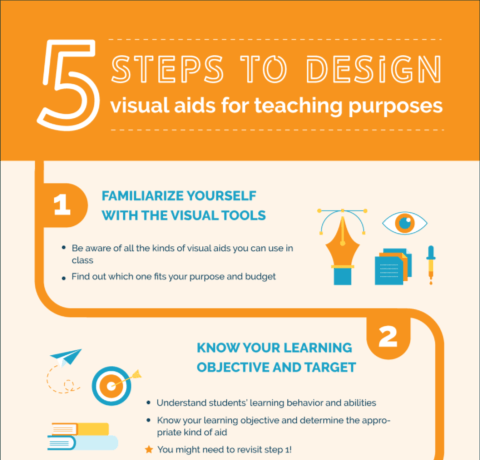Introducing Documenting FOR Learning Infographic
We are in the middle of an enormous change of the culture of teaching and learning. The teacher must see himself/herself as a learner, since he/she is on uncharted territory as well in our ever changing (digital) world. Key competencies and literacies, such as global, media, network, information literacy and digital citizenship amplify our traditional notion and expectation of basic literacy in education. In addition to the traditional content knowledge we are expected to teach/learn in schools, we must include learning how to learn.
The new literacies and new media require of each one of us the capacity to stay constantly up to date. Teachers must learn for themselves what this means for their own professional growth in order to transfer these experiences and emerging pedagogies into their classrooms.
Documenting FOR Learning is:
- a supporting piece for the study of self-determined learning
- an approach and technique to facilitate learning
Silvia Rosenthal Tolisano sees documenting as:
- a process of intentional documenting serves a metacognitive purpose
- a creative multimedia expression (oral, visual, textual)
- a component of reflective practice
- taking ownership of one’s learning
- a memory aid
- curation
- professional development
- being open for feedback
Intentional educational documenting is multi-layered and can serve teachers, students and schools/districts
Teachers
- to share best practices with colleagues
- to make teaching available for students outside of classroom hours
- to inform further instructions
- to reflect on their own lesson plans, delivery and teaching pedagogy
- to gather and showcase their teaching portfolio over time
- to evaluate student progress, growth and for assessment
Students
- to articulate (via different forms of media) and showcase their learning
- to become aware of their own learning growth
- to gather and archive their digital work via E- portfolios
- to build their footprint in a digital world
Schools/ District
- to a certain degree in their marketing efforts
- in parent / community communication
- to attract like minded potential employees
- to provide Professional Development provide documentation and examples to linked curriculum maps
Τypes of tools for documenting
- Video
- Photos
- Sketchnotes Notes (traditional/annotated)
- Tweets
- Backchannel
- Blogs
- Slide deck
- Screenshooting and – casting
- Mindmaps







You can adjust your cookie preferences here.